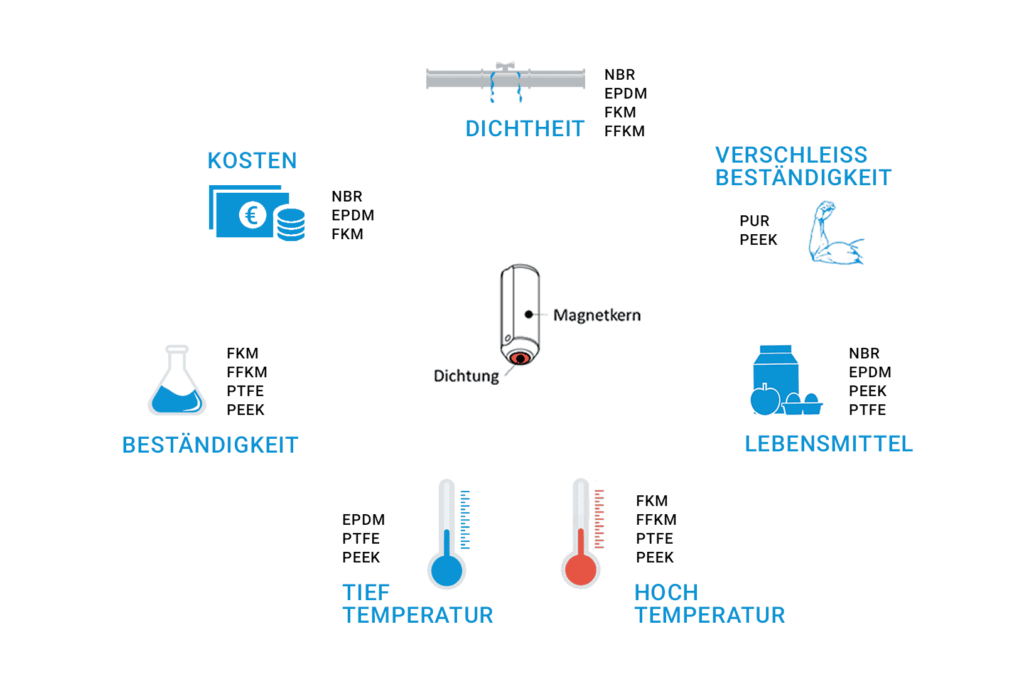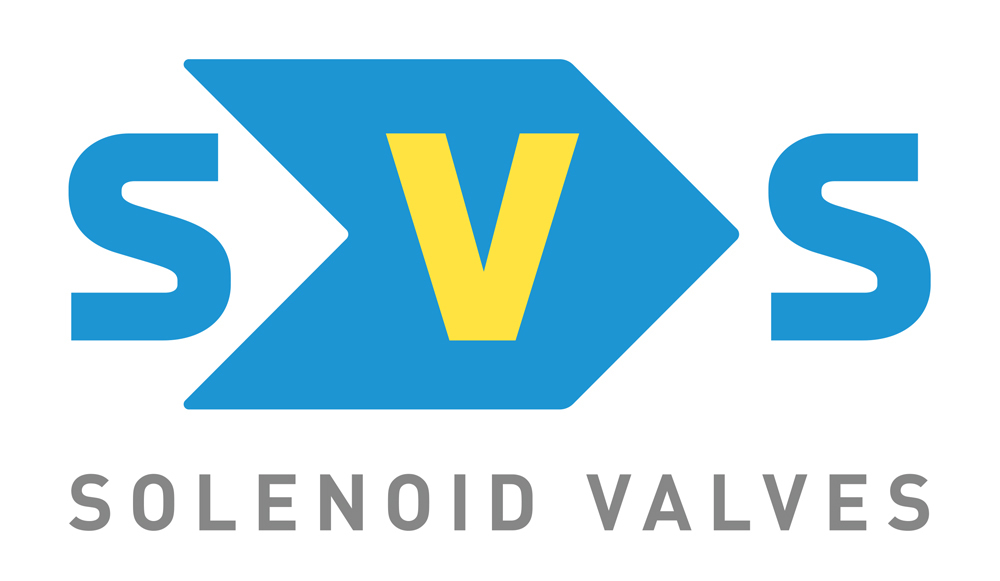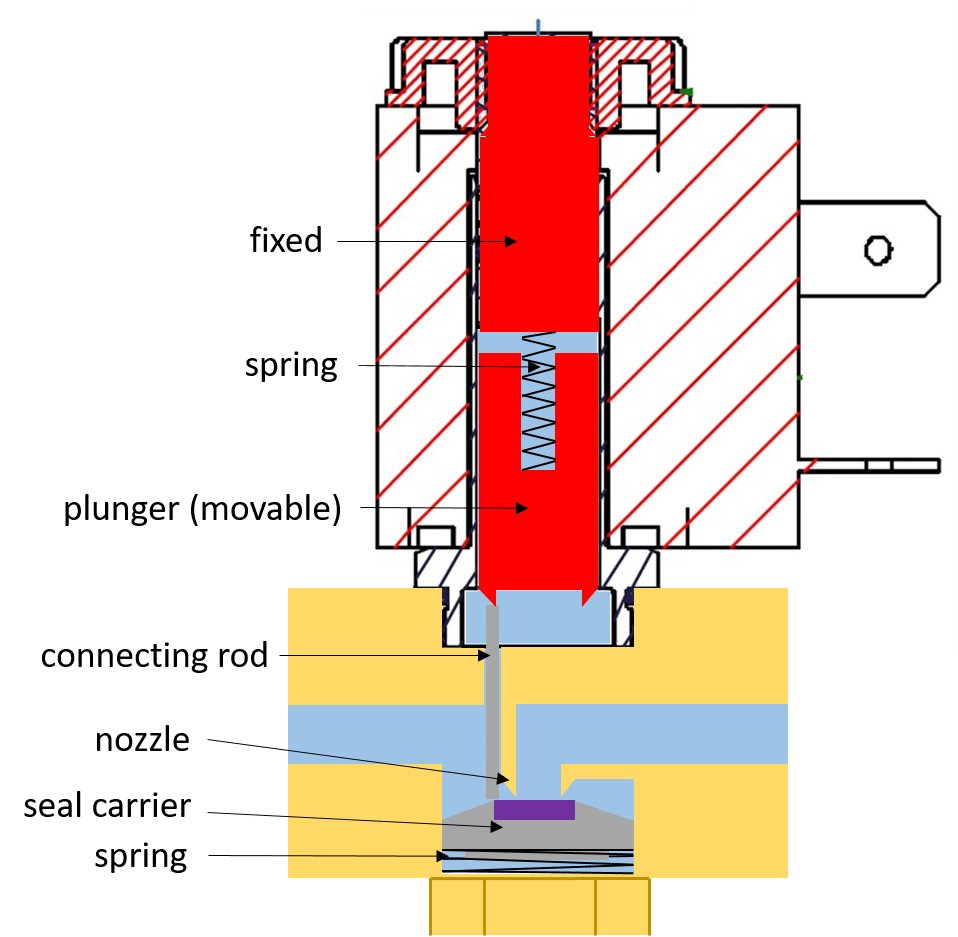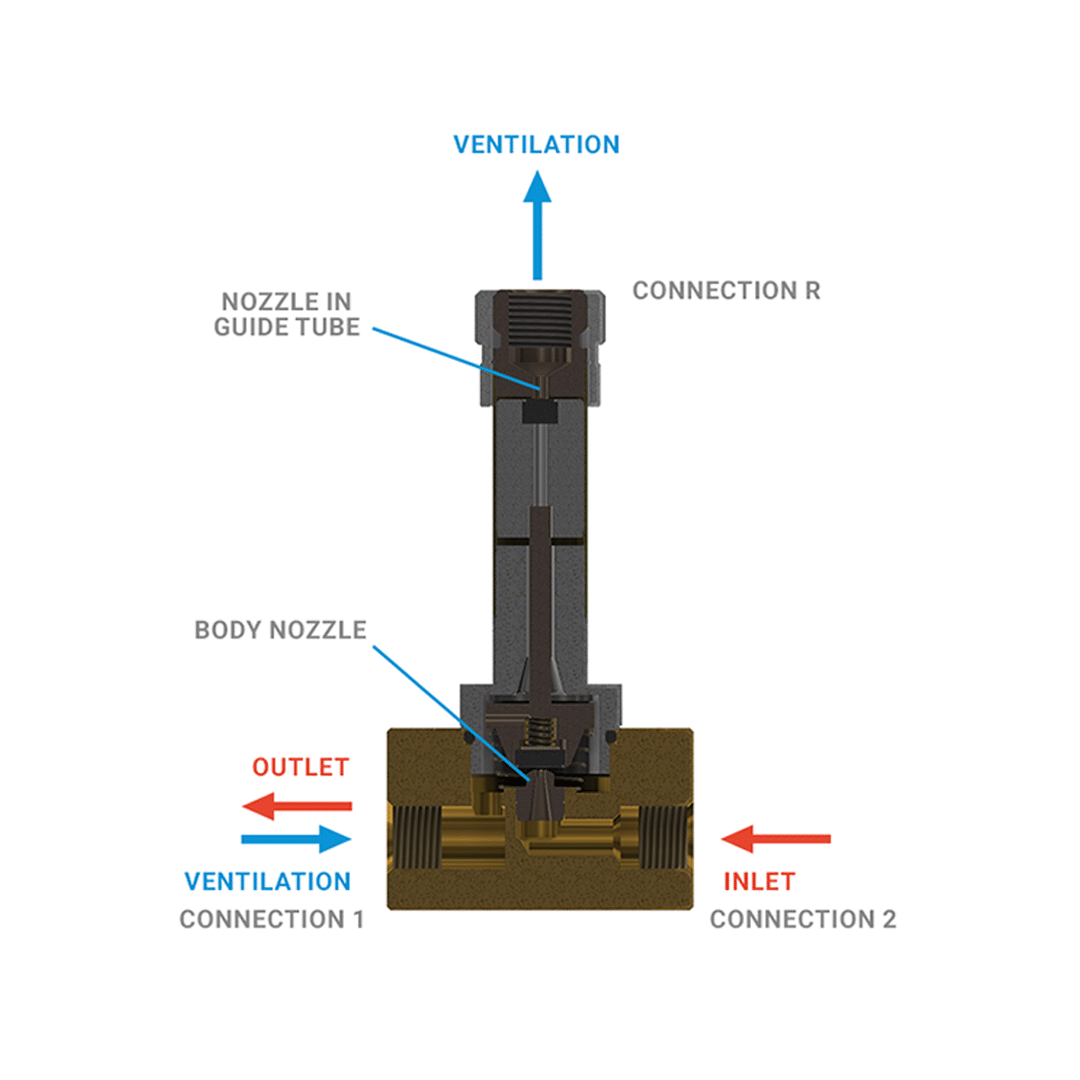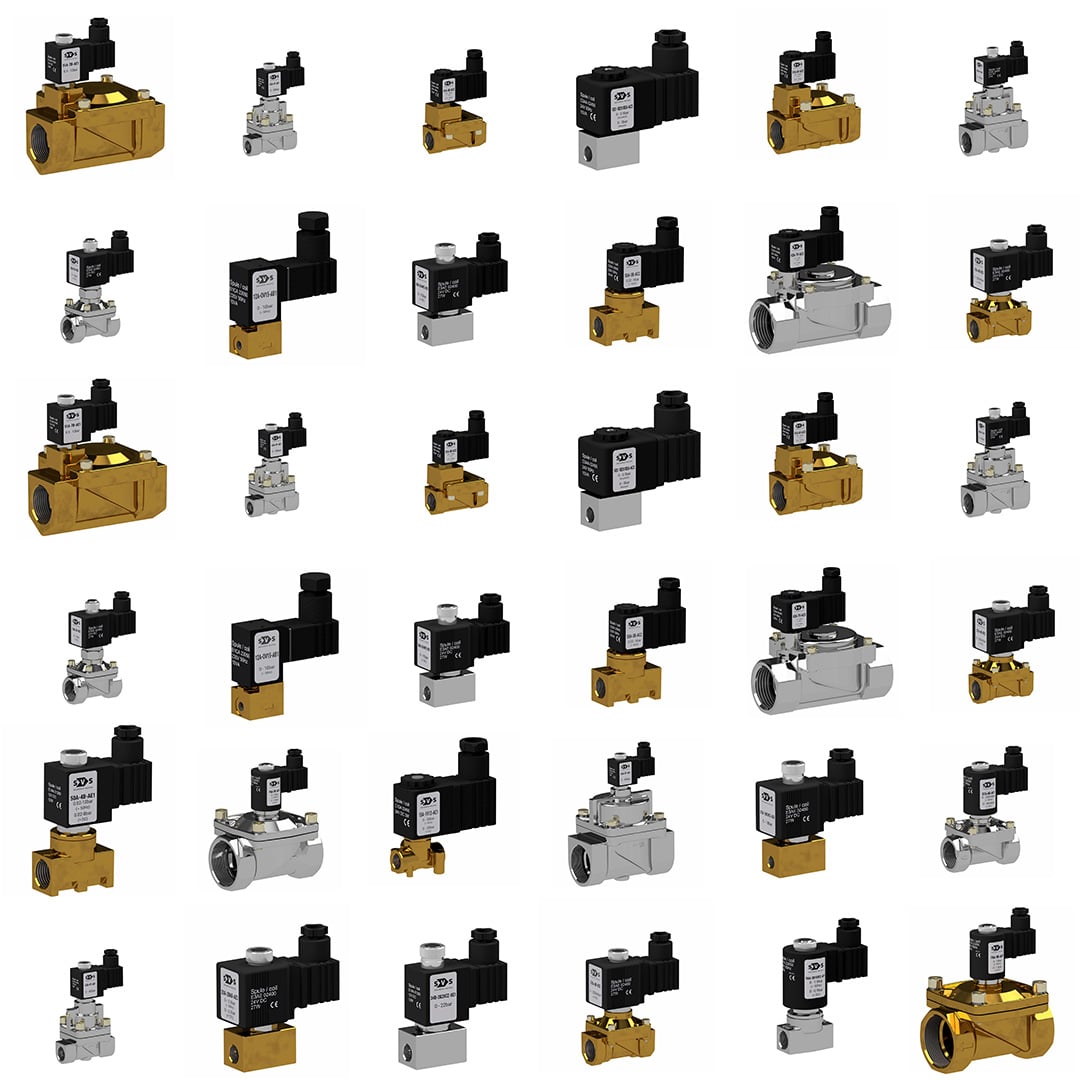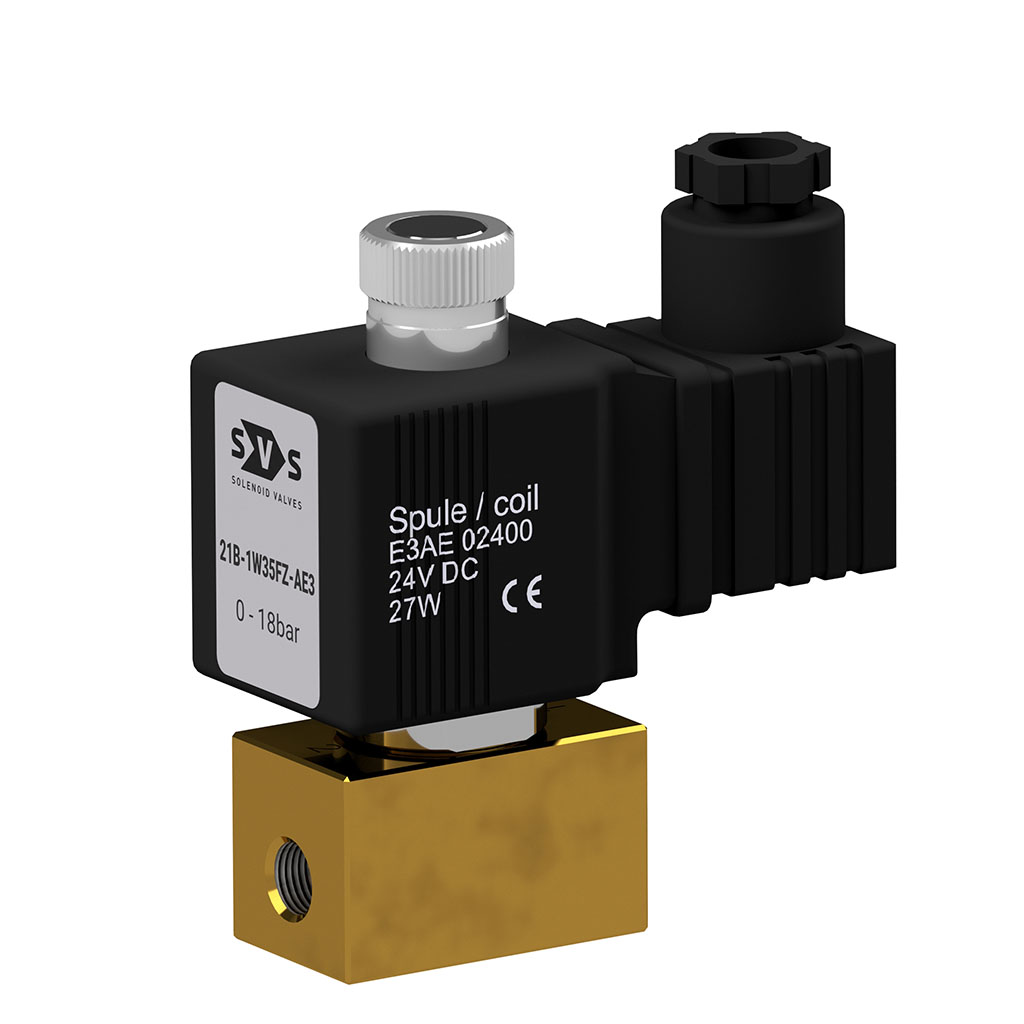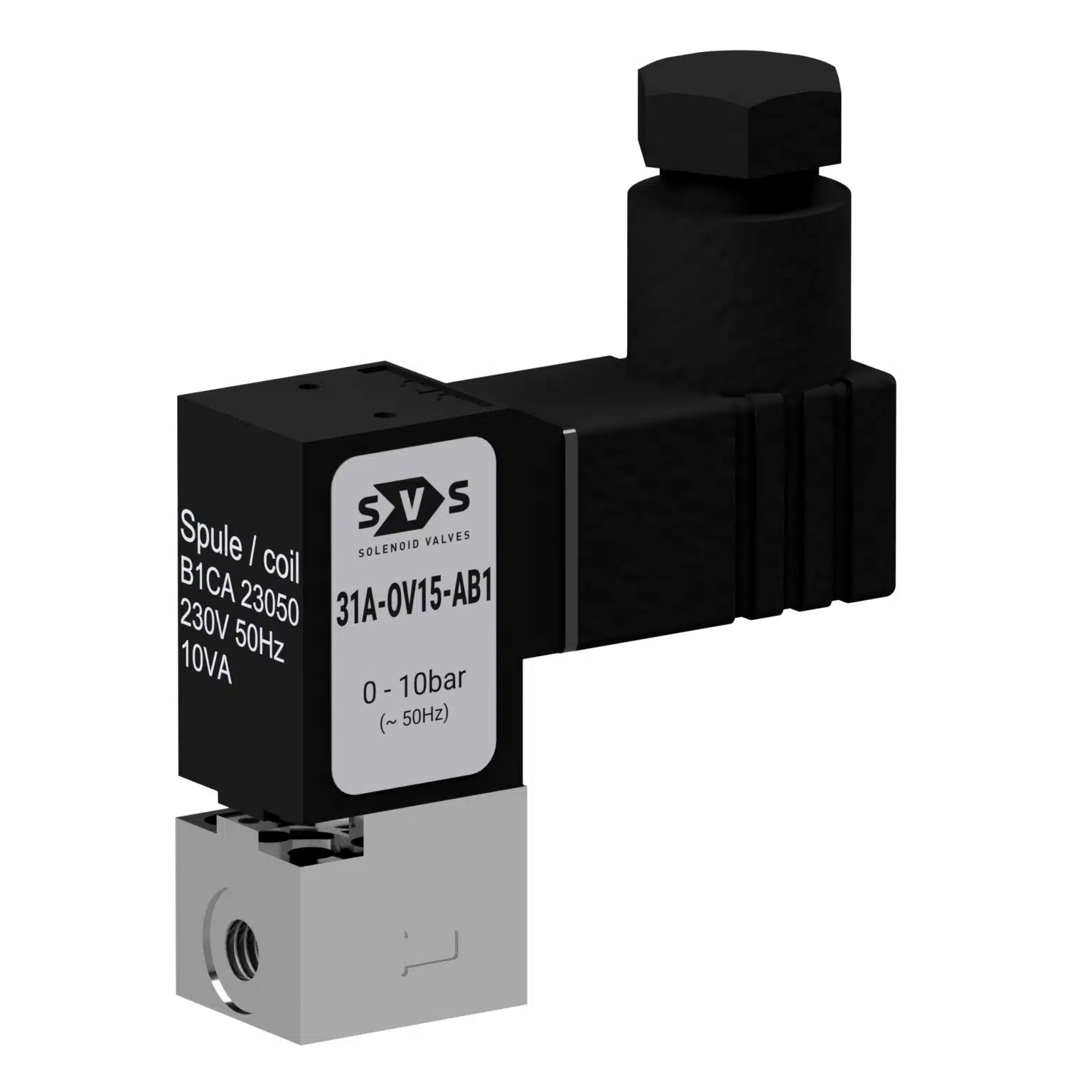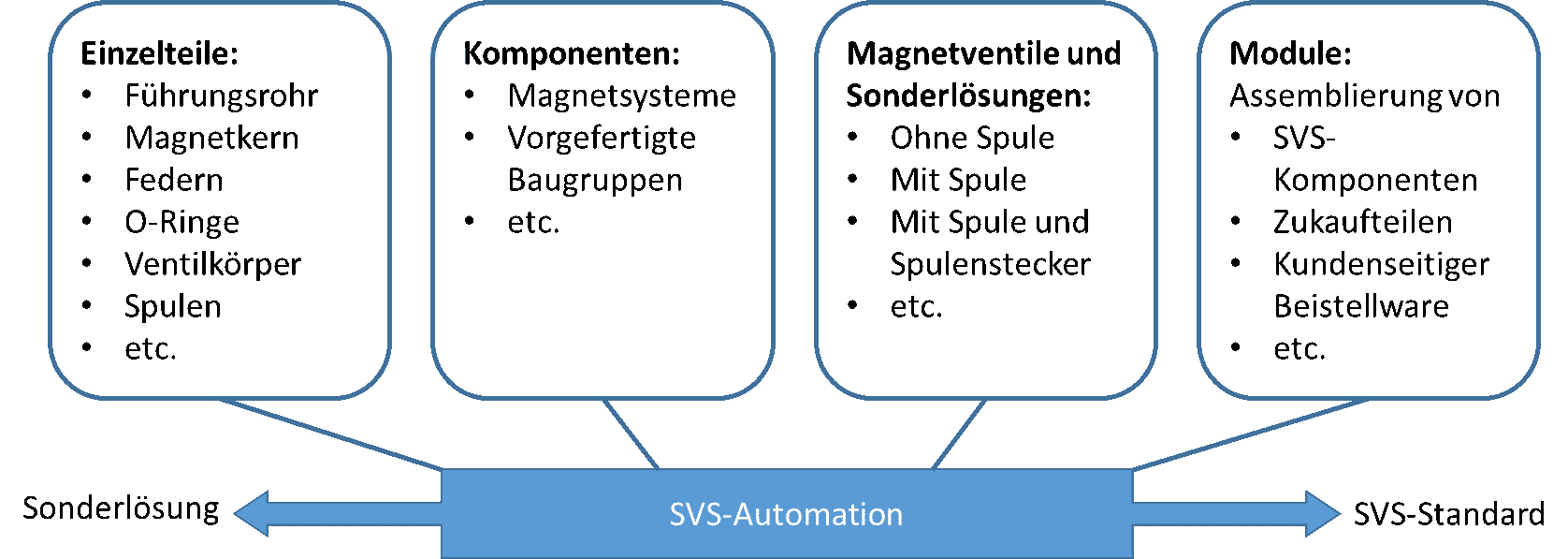The choice of seal material for a solenoid valve is crucial, but with all the possible materials, hardly anyone knows what they are talking about. Here is an overview of the most common seal materials:
| Name | Commercial designation | Characteristic | Typical applications |
| NBR (acrylonitrile butadiene rubber) | BUNA-N PERBUNAN | Synthetic elastomer with good mechanical and thermal properties. Suitable for neutral gases and liquids. Good resistance to oil, poor resistance to ozone. | Für neutrale Gase und Flüssigkeiten bis ca. 80°C. |
| EPDM (ethylene propylene diene) | BUNA-AP | Synthetic elastomer suitable for water and steam applications. Not suitable for use with mineral products such as oils, fuels and greases. | Water, hot water and steam applications up to approx. 120°C-130°C. |
| FPM (fluororubber) | VITON | Synthetic elastomer with excellent resistance to high temperatures, ozone, oxygen, mineral oils, synthetic oils, fuels and many other chemical compounds. Not suitable for superheated steam. | For general applications up to approx. 130°C. |
| FFKM (perfluoro rubber) | Kalrez | Excellent chemical resistance, wide temperature range up to approx. 260°C. | Special applications |
| PTFE (polytetrafluoroethylene) | TEFLON | Thermoplastic material with excellent resistance to most chemicals. Good resistance to high temperatures. | For general applications up to 150°C-180°C. |
| PUR (polyurethane) | Compared to all other elastomers, polyurethane elastomers have excellent wear behaviour, high tear resistance and high elasticity. | Special applications | |
| PEEK | Polyether-etherketon | PEEK offers similar chemical resistance to PTFE, but with better mechanical properties. A material that is also becoming increasingly popular in process technology due to its high-temperature resistance. | Special applications |
